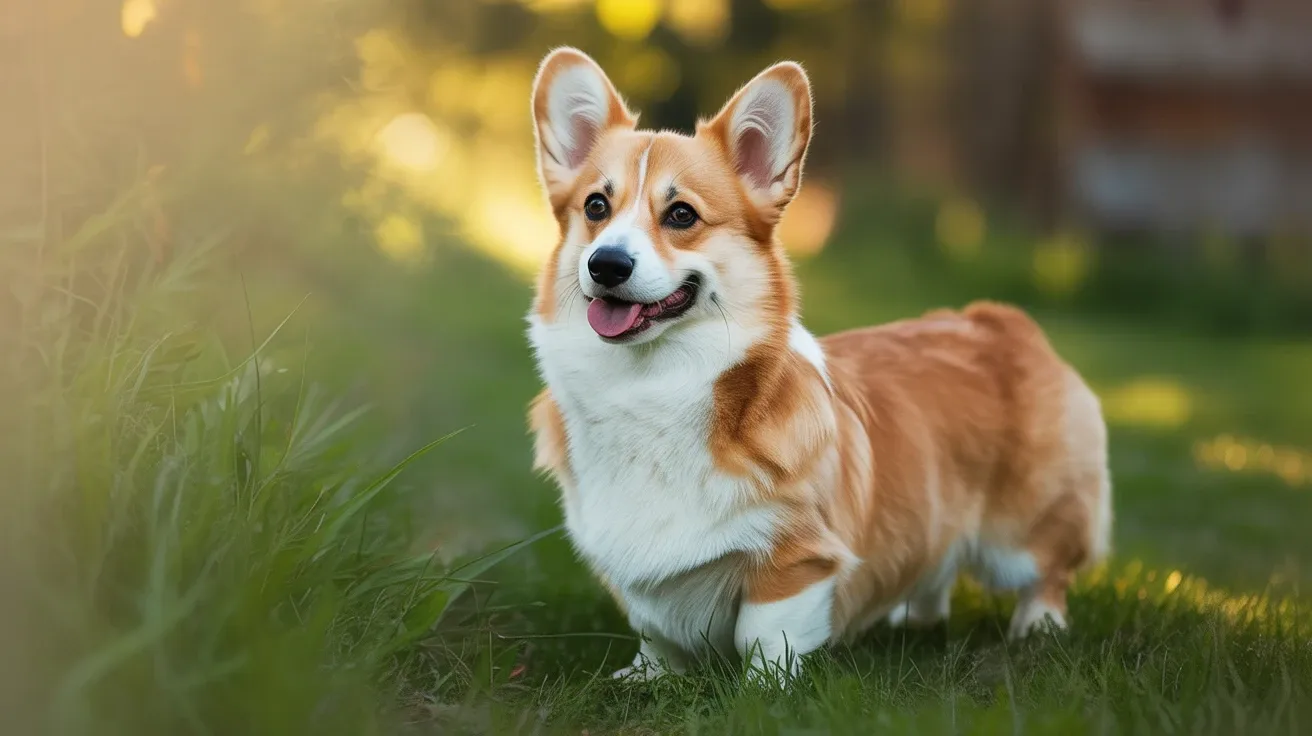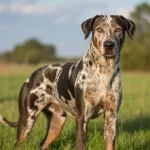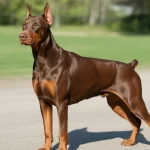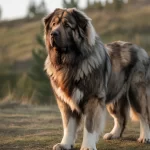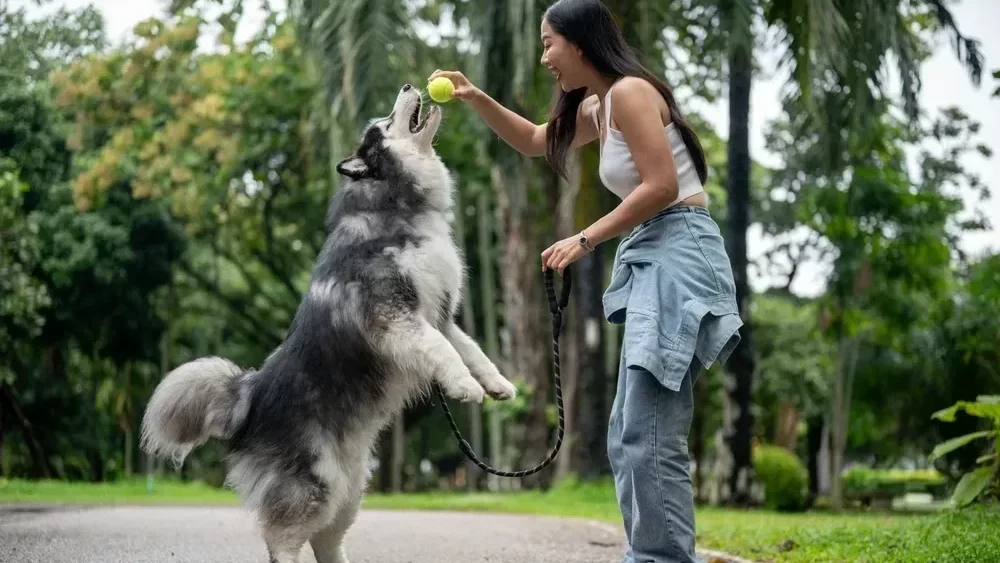If you’ve ever seen a Pembroke Welsh Corgi, you already know what makes them so irresistible — that bright smile, short legs, and cheerful personality. These little dogs may be small in stature, but they have big hearts and even bigger energy levels. As a Corgi dog breed enthusiast, I’ve spent years around these charming pups, and I can tell you that they’re just as loyal and lovable as they look.
In this detailed guide, we’ll explore everything about the Pembroke Welsh Corgi — from their history and temperament to care, training, and even a real-life story that shows just how special these dogs are.
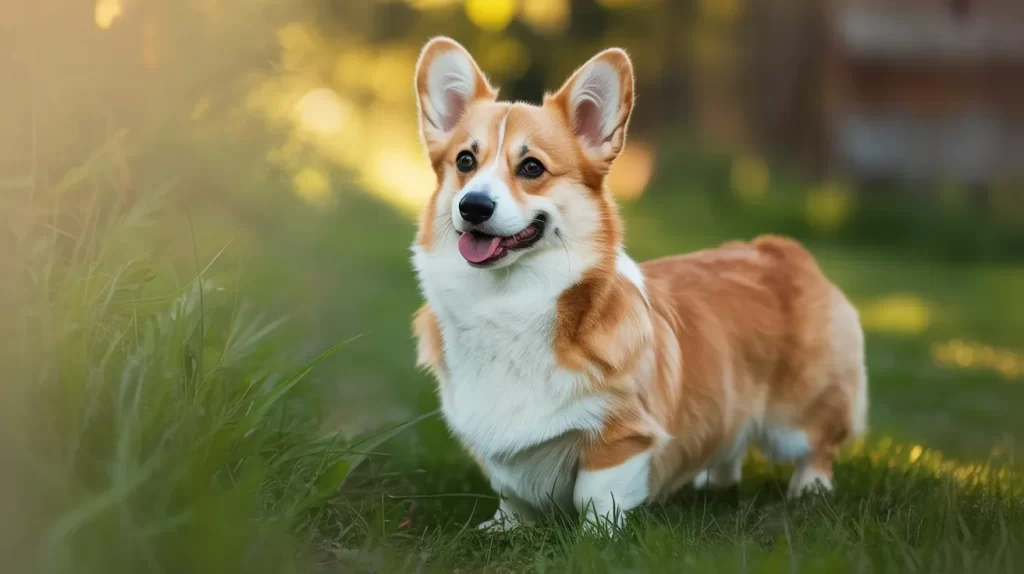
Content
Breed Overview and History
The Pembroke Welsh Corgi hails from Pembrokeshire, Wales, and was originally bred as a herding dog for cattle. Despite their compact size, these dogs are tough, agile, and incredibly intelligent. Legend even says fairies used them to pull their carriages — a story that fits their magical charm.
Unlike their close cousin, the Cardigan Welsh Corgi, Pembrokes are known for their shorter tails and slightly smaller build. Over the years, they’ve become favorites not only for farmers but also for families around the world — including the British Royal Family, who famously adore them.
Physical Characteristics and Appearance
The Pembroke Welsh Corgi might be small, but their personality and looks make a big impression.
- Height: Around 10–12 inches at the shoulder
- Weight: 25–30 pounds on average
- Coat: Medium-length, double coat
- Colors: Red, sable, fawn, and tri-color
They shed quite a bit, so regular brushing is essential to keep that thick coat under control. Their bright eyes and perky ears make them look alert and always ready for fun — which perfectly reflects their temperament.
Read More About: Catahoula Leopard Dog
Pembroke Welsh Corgi Temperament

When people ask me, “Are Pembroke Welsh Corgis good family dogs?” my answer is always a resounding yes — but with a small disclaimer. They’re affectionate, loyal, and love being part of family activities, but they also have an independent streak.
Pembroke Corgi temperament is generally cheerful and sociable. They thrive on attention, playtime, and learning new tricks. Their intelligence makes them easy to train, but it also means they need plenty of mental stimulation. Without it, they can get bored — and a bored Corgi can become mischievous.
These dogs are also natural herders, which sometimes shows up as “nipping” behavior with kids or other pets. With consistent training, though, they become wonderful, gentle family companions.
Training Tips for Pembroke Welsh Corgis
Because Corgis are so smart, they pick up commands quickly — but they can also be a little stubborn. Positive reinforcement, treats, and lots of praise work wonders. I’ve found that short, fun training sessions (5–10 minutes) are much more effective than long drills.
Here are a few tips:
- Start early with socialization — introduce them to people and other dogs.
- Teach basic commands like sit, stay, and come first.
- Keep sessions light-hearted; they respond best when training feels like play.
- Use puzzle toys to challenge their minds and prevent boredom.
If you’re wondering how to train a Pembroke Welsh Corgi, remember — they love pleasing their owners. Combine consistency with affection, and you’ll have an obedient, happy pup.
Exercise and Activity Needs
Despite their small legs, Pembroke Welsh Corgis have lots of energy. A couple of brisk walks and playtime sessions every day are enough to keep them fit and content.
They’re great at agility, herding games, and even obedience competitions. If you live in an apartment, they’ll adapt just fine as long as they get enough outdoor time.
How much exercise does a Pembroke Welsh Corgi need?
At least 45 minutes to 1 hour of daily activity — but they’ll never say no to more playtime!
Grooming Tips for Pembroke Welsh Corgis
Corgis are known for their heavy shedding, especially during seasonal changes. Regular grooming not only keeps them clean but also strengthens your bond.
Here’s a simple Corgi grooming routine:
- Brush their coat 3–4 times a week.
- Bathe once a month or as needed.
- Check and clean ears weekly.
- Trim nails regularly to prevent discomfort.
If you keep up with these basics, you’ll have a healthy, happy Corgi that looks and feels great.
Diet and Nutrition
The best diet for a Pembroke Welsh Corgi includes a balance of protein, healthy fats, and fiber. Because of their small size, portion control is key — they can gain weight easily.
Choose high-quality dog food, and keep treats moderate. Consult your vet to adjust their portions based on activity level, age, and health.
Health and Lifespan
The Pembroke Welsh Corgi lifespan averages 12–14 years, but with good care, many live even longer. Like all breeds, they’re prone to some health concerns, including:
- Hip dysplasia
- Degenerative myelopathy
- Eye disorders
- Obesity
Regular vet check-ups and a balanced diet go a long way toward prevention. Keeping them active and mentally stimulated is also vital for their long-term health.
Real-Life Case Study: Daisy the City Corgi
Let me share a story about Daisy, a Pembroke Welsh Corgi I met through a local dog training group. Daisy lived in a small apartment with her owner, Emily, who initially worried about raising a herding dog in the city.
Through consistent walks, interactive games, and lots of training, Daisy adapted beautifully. She became the “social butterfly” of her building — friendly with neighbors, kids, and other dogs. Her favorite hobby? Herding pigeons in the park!
Emily told me that Daisy’s enthusiasm for life and loyalty helped her stay active and even reduced her stress. It’s a perfect example of how Pembroke Welsh Corgis thrive in both rural and urban settings, as long as their exercise and companionship needs are met.
Conclusion
The Pembroke Welsh Corgi is an energetic, intelligent, and affectionate breed that fits beautifully into many lifestyles — from city apartments to country homes. Their loyalty and charisma make them unforgettable companions. If you’re looking for a small dog with a big personality, this breed will bring endless laughter, love, and life into your home. Just remember: regular grooming, daily exercise, and plenty of affection are the keys to a happy, healthy Corgi.
Whether you’re considering adopting or already have one by your side, you’ll quickly discover why so many people around the world can’t resist the charm of the Pembroke Welsh Corgi.
Learn more about the striking appearance and personality of the Maine Coon Tuxedo Cat.
FAQs
What is the downside to Corgis?
Pembroke Welsh Corgis can be stubborn, shed heavily, and need regular exercise to avoid weight gain.
Are Corgis high maintenance?
They’re moderate-maintenance dogs — shedding often and needing frequent grooming and mental stimulation.
What are the pros and cons of a Pembroke Welsh Corgi?
Pros: loyal, smart, playful. Cons: sheds a lot, can bark or nip when bored. Proper training balances both.
What is the difference between a Corgi and a Welsh Corgi?
“Welsh Corgi” includes two breeds — Pembroke and Cardigan. Pembrokes are smaller with short tails.

Join Felipe Clark on a heartwarming journey through the world of pet adoption. He’s a true advocate for shelter animals, sharing stories that tug at the heartstrings and inspire adoption.

